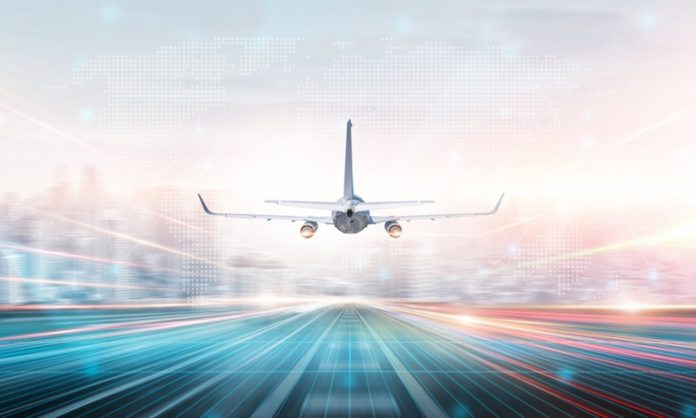
The past year has seen a massive increase in new generative AI solutions coming to market and an increased focus and usage of AI tools and solutions. In fact, in a recent survey of 2,620 global business leaders by analyst firm, Deloitte, 94 percent of respondents agreed that AI is critical to success over the next five years. Also, 79 percent of respondents claimed to have successfully deployed three or more types of AI applications.
This interest in AI among the global business community makes sense. Today’s advanced artificial intelligence solutions can take massive amounts of disparate data, analyze it, find correlations and patterns that may have been imperceptible to humans, and deliver actionable insights that can be used to make business decisions.
If acted upon, these actionable insights can streamline operations, identify efficiencies, cut costs, and find new solutions to old problems. These benefits are important for any company in any industry, but they’re essential for modern airlines for three very specific reasons:
Smarter flight planning and paths
There are numerous factors that impact the flight paths that pilots take. A pilot may work to avoid congested airspace, major weather incidents, or pockets of turbulence.
However, many of these things change in real-time during a flight, and identifying the most effective and efficient flight path involves weighing many of these constantly changing factors.
Modern AI solutions can leverage real-time data about things like weather patterns, air traffic, and aircraft location to identify the optimal path for any flight. Much like how certain GPS software can reroute recommended car driving directions to accommodate changing scenarios – like a car accident or congestion – modern aircraft flight path optimization solutions can look at shifting conditions and propose flight paths that prioritize safety, offer the best passenger experience, and minimize the amount of fuel used.
With fuel remaining a large expenditure for most modern airlines, the ability to reduce fuel consumption can go a long way toward reducing operating expenses and increasing profits. But fuel savings are just one way flight path optimization can save airlines money.
Smarter resource allocation
Predictive solutions have been developed that weigh multiple environmental conditions and leverage AI to better predict when an aircraft arrives at the gate (IN/EIBT) and on the runway (ON/ELDT). This gives airlines access to continually updated ETA predictions that are 30 percent to 50 percent more accurate by leveraging information like weather, aircraft positions, arrival gates, operating carriers, aircraft type, and more.

Utilizing these incredibly accurate ETAs, airlines can make more informed decisions about the utilization of aircraft, personnel, and space – such as gates. This can enable airlines to proactively swap a flight’s aircraft or crew in the event of an early or delayed arrival. It can enable them to ensure gate space is properly allocated based on predicted arrival times. It can even be used to ensure crews are prepared for early or late aircraft arrival to eliminate time wasted sitting on the tarmac waiting for a crew to arrive to meet the aircraft.
These seemingly insignificant delays and inefficiencies can add up – delaying an aircraft’s turnaround time and incurring significant costs to the airline. These little delays can also upset passengers – causing them to miss connections or sit on the tarmac when they could be making their way to their final destination.
Smarter, more proactive maintenance
Maintenance problems or equipment failures to any part of the aircraft could cause a flight to be delayed or canceled – not just the systems and components that are needed for flightworthiness and safety. But what if an airline could predict that a part or component might fail after a specific number of flights or miles, and proactively replaced that part or component in advance – at a time that was more convenient?
This is exactly the type of capability that AI-enabled maintenance solutions can bring to airlines.
According to Seth Babcock, who oversees Technical Operations Digital and Data Solutions at Collins Aerospace, these solutions can be used to,”…analyze historical flight-related data sets and compare that to sensor data to better predict wear and replace parts proactively. This enables airlines to drive work out of the operating day and into the overnight, reducing the potential for maintenance-related delays.”
By moving flight maintenance to overnights, and proactively replacing or repairing components before they fail, airlines can eliminate the surprise maintenance issues that arise at the gate and delay flights. This keeps passengers happy, reduces costly flight delays, and improves operational efficiency.
AI is becoming increasingly commonplace in today’s global business community – and the commercial aviation industry is no exception. Several solutions are being introduced for modern airlines that use advanced AI technologies to help users make better, more data-driven decisions. And these solutions will only become more effective and capable as the amount of aircraft, weather, flight, and positioning data available to airlines increases.
To learn more about how AI and aircraft data are revolutionizing commercial aviation, click HERE.

